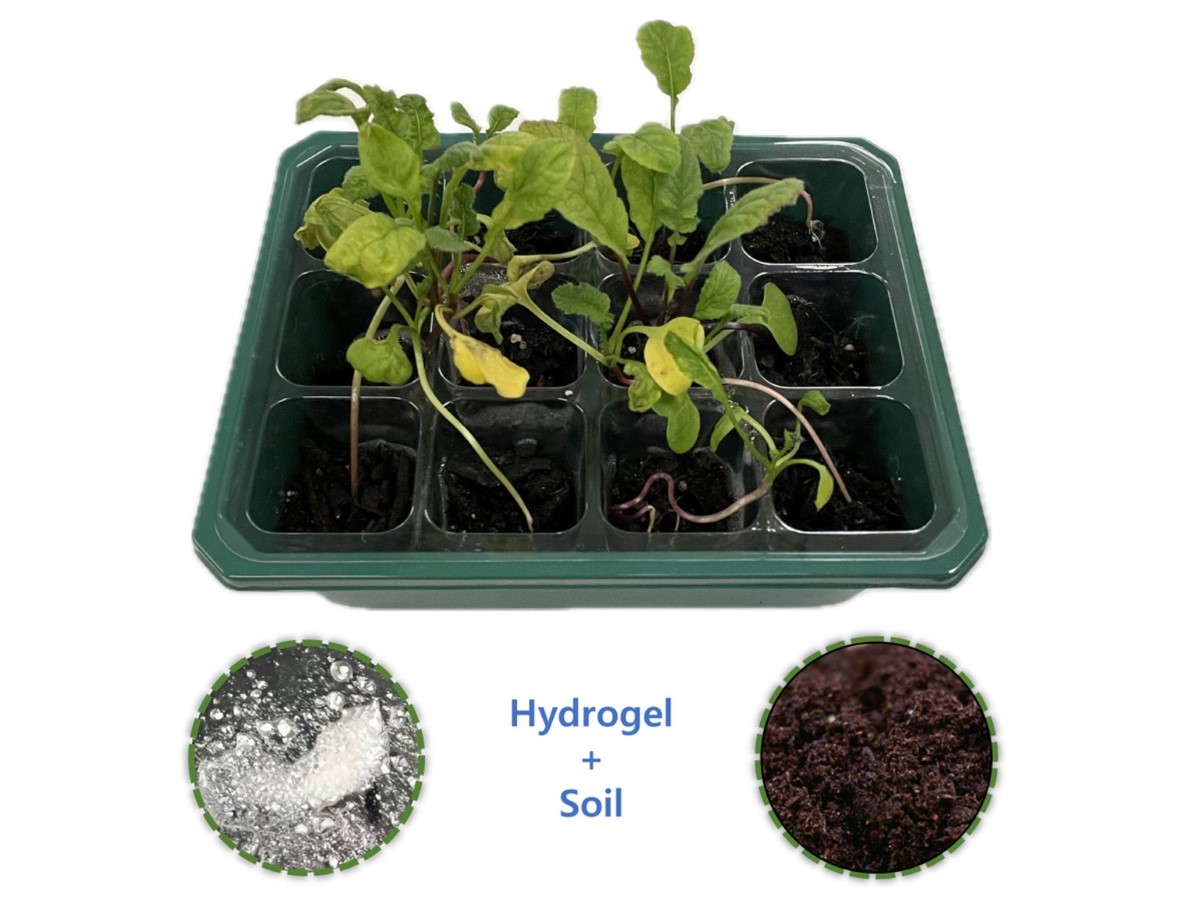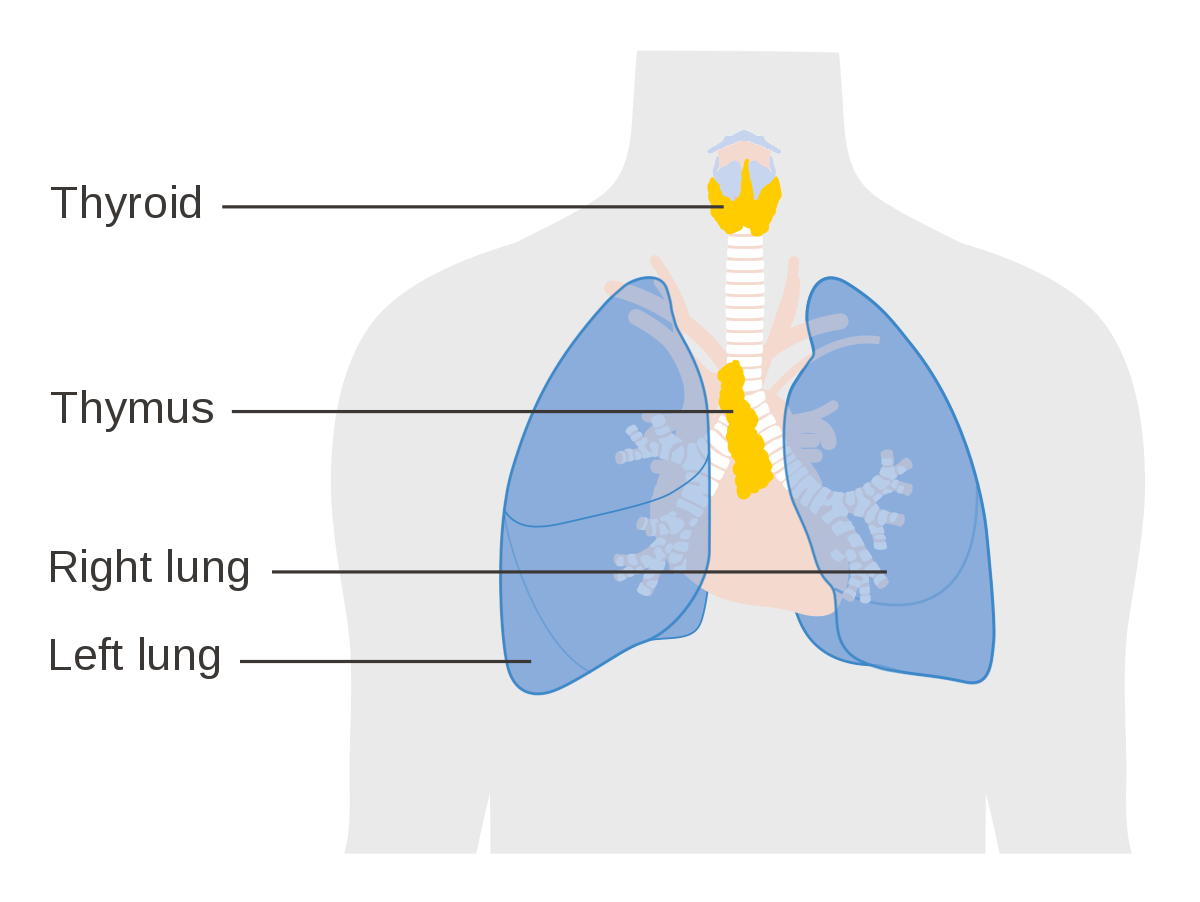Breakthrough in Agricultural Technology
Researchers at the University of Texas at Austin have made a significant breakthrough in agriculture with the development of a new type of “smart soil.” This innovative material boasts the potential to significantly improve crop yields while dramatically reducing water usage.
Traditionally, watering and fertilizing crops effectively to meet the demands of a growing global population has been a major challenge. This “smart soil” offers a game-changing solution. The soil is designed to keep plants better hydrated and deliver nutrients in a controlled manner.
How “Smart Soil” Works
The soil earns its “smart” designation due to the inclusion of a specially designed hydrogel. This hydrogel absorbs more water vapor from the air at night and then releases it to the plants’ roots during the day. Additionally, the incorporation of calcium chloride into the hydrogel ensures a gradual release of this essential nutrient.
Impressive Lab Results
University of Texas researchers conducted lab experiments to test the effectiveness of the smart soil. In these experiments, plants grown in the new hydrogel-based soil exhibited a remarkable 138% increase in stem length compared to plants grown in traditional soil. Even more impressive, these results were achieved with 40% less water being applied directly to the plants.

A batch of crops grown in the lab using the new hydrogel-infused smart soil (University of Texas at Austin)
Implications for Water Management
With agriculture accounting for roughly 70% of all freshwater usage worldwide, this innovation has the potential to revolutionize water management in farming. The ability to grow larger crops while requiring significantly less water could be a boon for regions struggling with drought or limited water resources.
While this is a promising development, it’s important to note that these are initial lab results. Further research will be required to determine the long-term viability and scalability of this technology in real-world farming applications.







